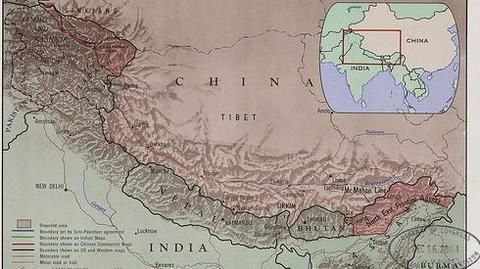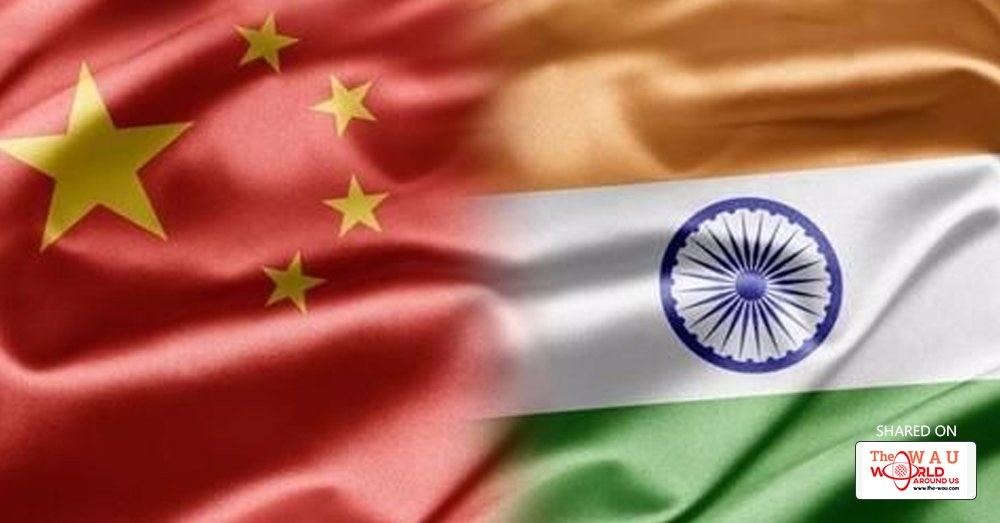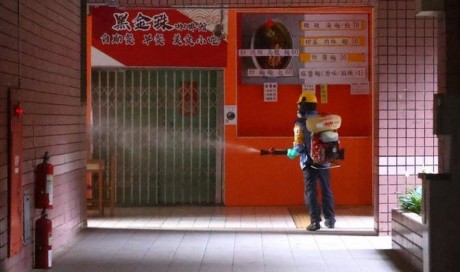India and China are undoubtedly, two important power centres in today's international arena.
While conflicting power ambitions lead them to clash, as neighbours and indispensable economic partners, they are forced to get along on several other fronts.
Recent events including India's objections to China's OBOR and the ongoing Sikkim stand-off seem to be straining bilateral relations.
Where do India-China ties stand today?
Clash of the neighbours!
While India's first PM Jawaharlal Nehru saw China as a key player within his idea of an 'Asian brotherhood', differences soon emerged over Tibet.
Tensions further rose after India's grant of asylum to the Dalai Lama after the Tibetan uprising (1959), culminating in the Sino-Indian conflict (1962).
India suffered an embarrassing defeat, which led India to adopt a cautious, defensive China policy since then.
Lesser known clashes: Nathu La and Cho La
The Indian Army soon regained its confidence after it thwarted the People's Liberation Army's attempts to push in along the LAC near Sikkim in the Nathu La and Cho La clashes in 1967. Indian sources claim that the Army destroyed PLA fortifications near Nathu La.

Line of Actual Control: A major bone of contention
LAC is the 4,056 km-long boundary separating Indian territory from Chinese-controlled territory.
It passes through 5 Indian states including Jammu and Kashmir, Uttarakhand, Himachal Pradesh, Sikkim and Arunachal Pradesh.
Due to differing territorial perceptions, India and China disagree on large parts of the border, with India frequently reporting Chinese transgressions on to its territory, which China claims as its own.
Competition in the Indian Ocean Region
China looks to expand its influence into India's turf, IOR, to secure its energy supply routes, access resources and to transform itself into a global maritime power.
Concerns over India snipping its energy supply from the middle east, China is driven to pursue 'String of Pearls' policy, intending to confining India thorough a network of ports
These include Gwadar (Pakistan) and Hambantota (Sri Lanka).
Frequent Chinese forays into India's surrounding waters
China has patrolled India's surrounding waters, especially the Persian Gulf, since the commencement of anti-piracy patrols in 2013. Indian Navy recently informed the government on increased Chinese submarine activities in the IOR, often docking at ports including Karachi and monitoring India's movements.
Seated around the same table
Despite sporadic tensions, India and China are forced to engage in the multilateral front through institutions including the UN and the Shanghai Co-operation Organization.
China, a permanent member of the UN Security Council, has blocked India's bid to include Jaish-e-Mohammad chief Masood Azhar in the UN's list of terrorists and has also made India's entry to the Nuclear Supplier's Group conditional on Pakistan's admission.
Sino-Indian co-operation within a multilateral framework
India and China were the standing pillars of the G77 bloc, which negotiated collectively on behalf of the developing world in trade and climate change negotiations, until recently. Economic interests have further found convergence through the BRICS (Brazil, Russia, India, China and South Africa) grouping.
Arguments over OBOR
India sat out of China's recent One-Belt-One-Road summit and objected to the inclusion of Gilgit-Baltistan in Pakistan-occupied Kashmir in China's plans for the China Pakistan Economic Corridor, a key link between the land and maritime routes within OBOR.
India's stance remained unchanged irrespective of aggressive Chinese lobbying. Those including Sri Lanka and EU further echoed India's concerns, much to China's frustration.
What's at stake in Sikkim?
Latest in the series of tiffs, the Sikkim stand-off has resulted out of Indian and Chinese troops clashing over the Doklam area situated in the Sikkim-Bhutan-Tibet tri-junction, considered strategically important for India to ward off Chinese threats to North-eastern states.
This has currently resulted in massive troop mobilization along the LAC in Sikkim and threats from both sides, with many observers anticipating a conflict.
Where are India-China ties headed?
India and China as two nations charting their own individual paths to great power-dom will continue to have differences over large scale geopolitical questions. They, however, recognize co-existence as the best way out.
Moreover, China is India's largest trading partner and China looks at India as a large market full of possibilities. Economic rationale is likely to defeat a possibility of war.
Share This Post












